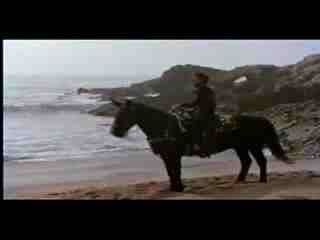Thriller (1982) – Michael Jackson [Amazon.com]
I’ve mentioned Michael Jackson twice[1][2] on this blog, once when I was amazed by his choice of footage in “They Don’t Care About Us“[3], and once when I did the obituary of James Brown when I mentioned that Brown’s “rapid-footed dancing inspired Mick Jagger and Michael Jackson”.
Jackson was the embodiment of things gone awry as the result of mediated fame in the 20th century, when he was catapulted from child prodigy[4] to natural freak[5].
With more than 100 million albums sold, Thriller (1982) is the bestselling album of all time and is iconic in the history of 20th century popular music, where he is the natural heir to Elvis Presley. Beyond both dying from an abuse of prescription drugs, parallels beween Presley and Jackson are numerous (Graceland/Neverland). Lisa Marie Presley, for a short time married to Jackson in the nineties wrote at the time of Jackson’s death that he knew “exactly how his fate would be played out” and feared his death would echo that of Elvis Presley.
Jackson dies, long live Jackson.
Shinehead‘s reggae version of “Billie Jean.”
Here he is reincarnated in Shinehead‘s reggae version[6] of “Billie Jean.”[7]. But one of the earliest samples of “Billie Jean” was in 1983, when Italian studio project Clubhouse mixed Steely Dan‘s “Do It Again” (1981) with “Billie Jean” as the “Do It Again Medley with Billie Jean“[8] .
*Daryl Hall has claimed that Michael Jackson admitted to copying the bassline from “I Can’t Go for That (No Can Do)“[9] in his song “Billie Jean“.
PS. For those of you who miss the Jahsonic old style of haphazard blogging about anything he finds, please check Jahsonic’s microblog[10] at Tumblr.

